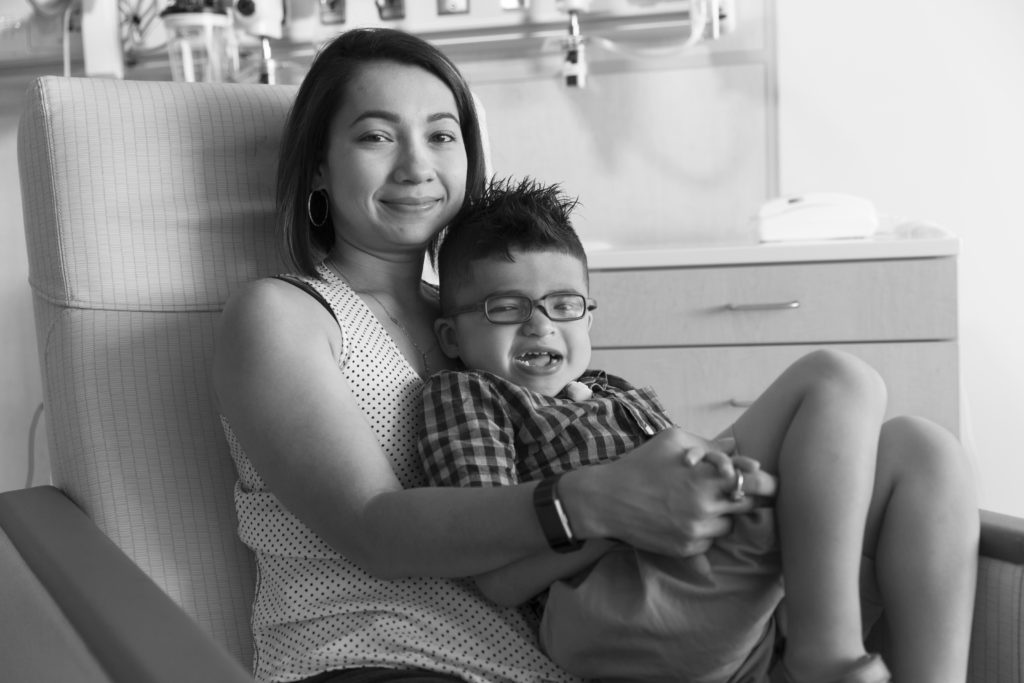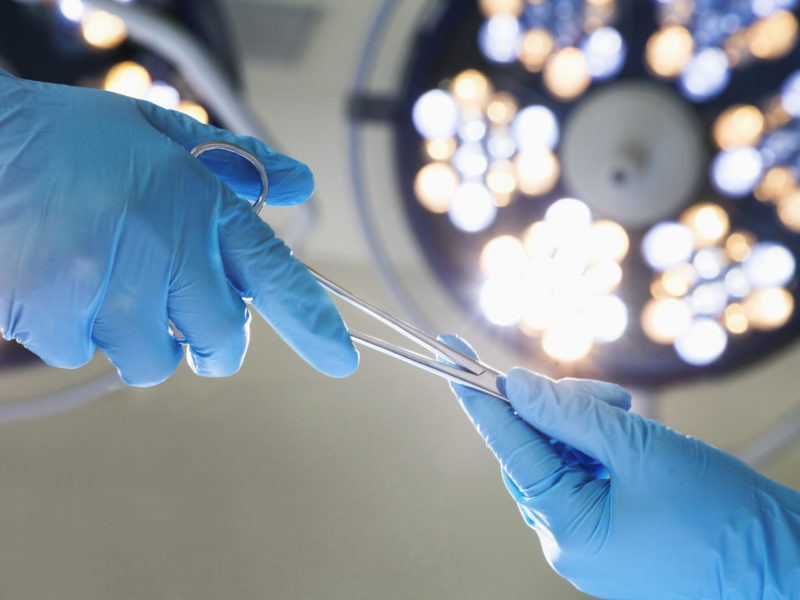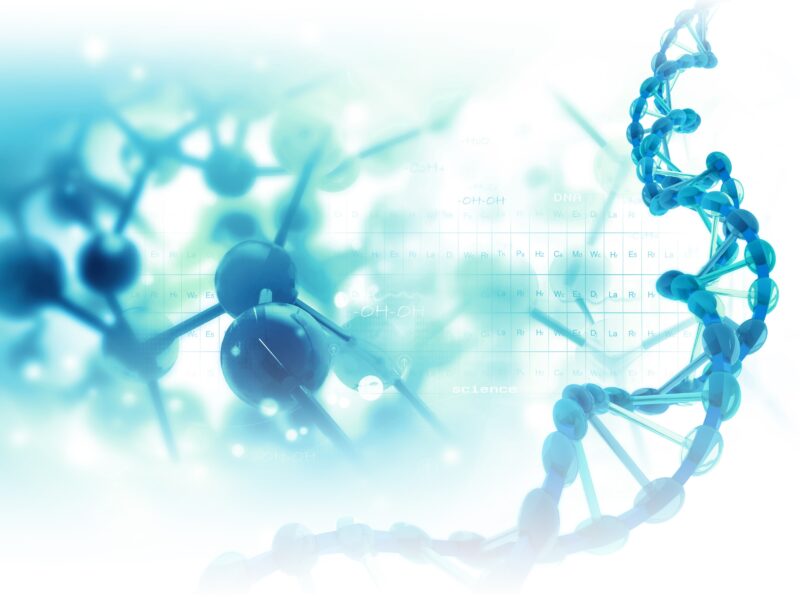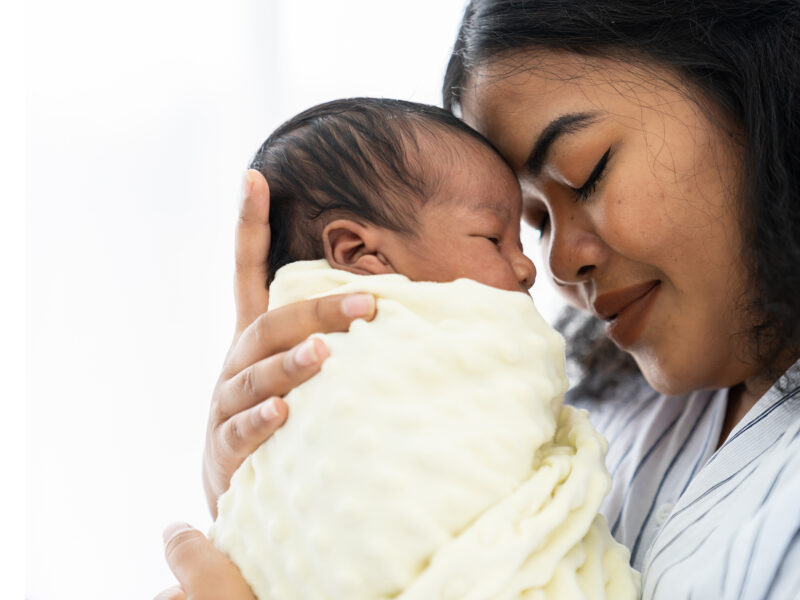COVID-19 in Children With Congenital Heart Disease
COVID-19 in Children With Congenital Heart Disease https://pediatricsnationwide.org/wp-content/uploads/2020/08/052918ds1144-1024x683.jpg 1024 683 Mary Bates, PhD Mary Bates, PhD https://secure.gravatar.com/avatar/d8c01b42dd4f98ebe33b59a37151ffdb0226803d9094f30793729669defbdf99?s=96&d=mm&r=g
Data are still emerging, but COVID-19 – and the subsequent inflammatory syndrome sometimes seen in children – could have serious cardiac impacts.
In a recent review article, researchers from institutions including Nationwide Children’s Hospital outlined the impact of COVID-19 in pediatric patients with heart disease. The review, published in the Journal of the American Heart Association, summarizes the early pandemic experiences in congenital heart disease centers and adds to our understanding of the virus’s effects in children.
Given that adults with underlying cardiac conditions are at increased risk for severe COVID-19, doctors were concerned that pediatric patients with congenital heart disease may also be at increased risk.
“Fortunately, our early experience with COVID-19 did not suggest that our patients with congenital heart disease were more vulnerable to COVID-19 and that children, generally, fared better than adults with this illness,” says Timothy Feltes, MD, FACC, recently retired pediatric cardiologist at The Heart Center at Nationwide Children’s and one of the article’s authors.
“However, it will take time for us to fully appreciate the impact of COVID-19 on our congenital heart disease patients and in children in general,” he says.
For instance, COVID-19 at first appeared to affect children less severely than adults, but reports of multisystem inflammatory syndrome in children (MIS-C) following COVID-19 infection spurred renewed interest in the disease’s effects in the pediatric population. MIS-C can affect multiple organ systems but commonly involves the heart. Children with MIS-C can develop profound myocarditis, with abnormal ventricular function, or Kawasaki disease-like symptoms, with coronary artery dilation and aneurysm formation.
“The good news is that MIS-C tends to be self-resolving,” says Simon Lee, MD, a pediatric cardiologist at The Heart Center and director of both the Coronary Anomaly Program and the Kawasaki Disease Program at Nationwide Children’s.
“We are beginning to see follow-up data from places that were hit with COVID-19 earlier, like New York and New Jersey, that show ventricular function improving and coronary artery abnormalities diminishing in patients recovered from MIS-C,” he says.
“However, this syndrome can significantly impact the heart and we do not know if it can cause long-lasting damage.”
Additionally, the review paper addressed considerations for the cardiac care teams of congenital heart disease patients, who are themselves at risk for contracting and possibly transmitting COVID-19.
So far, there has been no patient-to-provider or provider-to-patient transmission of COVID-19 at Nationwide Children’s, a fact that Dr. Lee partially attributes to responsive communication from institution leadership and multidisciplinary collaboration.
New information on COVID-19 is emerging daily. Ongoing research is focused on the significance of the infection in patients with congenital heart disease, as well as the long-term cardiac outcomes for patients with MIS-C.
Dr. Lee says that right now it is critical to continue the momentum and stay vigilant against infection.
“While we are starting to see more cases in Ohio, as is much of the rest of the country, we need to emphasize the importance of social distancing, wearing a mask, washing one’s hands and otherwise adhering to the advice of medical professionals.”
Reference:
Alsaied T, Aboulhosn JA, Cotts TB, Daniels CJ, Etheridge SP, Feltes TF, Gurvitz MZ, Lewin MB, Oster ME, Saidi A. Coronavirus disease 2019 (COVID-19) pandemic implications in pediatric and adult congenital heart disease. Journal of the American Heart Association. 2020;9(12):e017224.
Image credit: Nationwide Children’s
About the author
Mary a freelance science writer and blogger based in Boston. Her favorite topics include biology, psychology, neuroscience, ecology, and animal behavior. She has a BA in Biology-Psychology with a minor in English from Skidmore College in Saratoga Springs, NY, and a PhD from Brown University, where she researched bat echolocation and bullfrog chorusing.
- Mary Bates, PhDhttps://pediatricsnationwide.org/author/mary-bates-phd/December 27, 2016
- Mary Bates, PhDhttps://pediatricsnationwide.org/author/mary-bates-phd/
- Mary Bates, PhDhttps://pediatricsnationwide.org/author/mary-bates-phd/
- Mary Bates, PhDhttps://pediatricsnationwide.org/author/mary-bates-phd/
- Post Tags:
- Cardiology
- The Heart Center
- Posted In:
- In Brief






